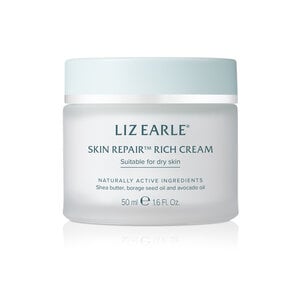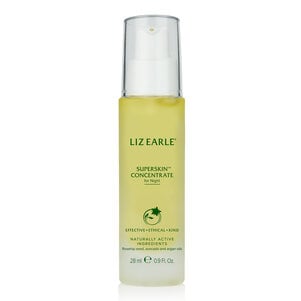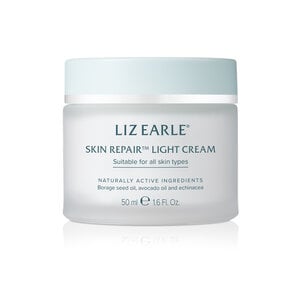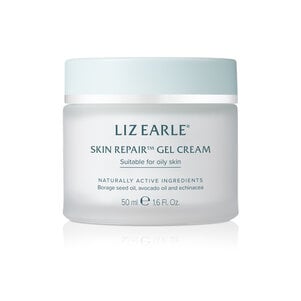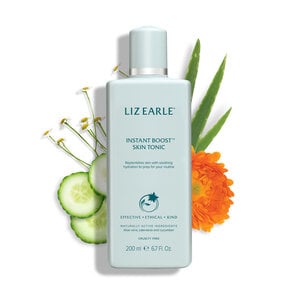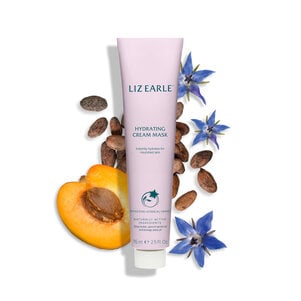
Looking after dry and dehydrated skin
September 10, 2020
2 min read
Skin feeling tight and looking a little dull? Sounds like you may be experiencing dry skin… or is it dehydrated? What you probably are is confused – and with good reason. You may be surprised to learn that while dry and dehydrated skin share many of the same characteristics, their causes are actually entirely different. Luckily, we’re here to help decode the difference – read on for our expert guide to bringing your skin back to its hydrated, nourished best.
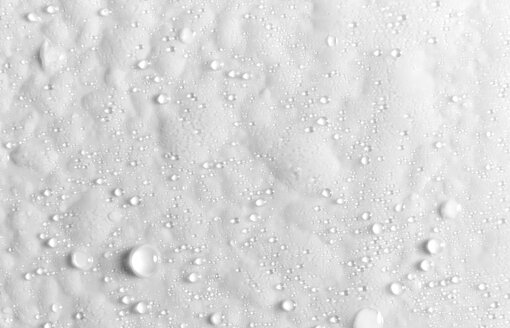
So, what is dry skin?
Dry skin is a type, determined not by lifestyle or environmental factors, but genetics. Instead of lacking water, dry skin has a weaker protective layer of lipids − a healthy mix of naturally occurring substances, including sebum − that help maintain skin barrier function. As a result, dry skin can feel tight, flaky and look dull. Discover our complete guide to dry skin here.
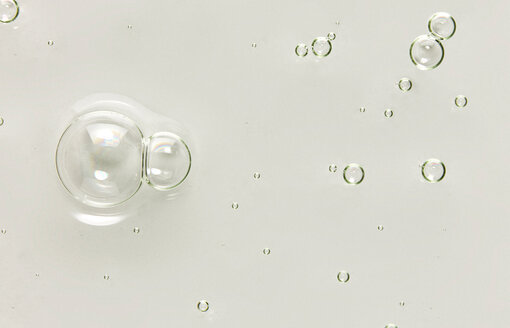
And what is dehydrated skin?
Dehydrated skin is a condition that can affect any skin type (including dry) when the body is lacking in water. When dehydrated, the skin’s ability to store water in the upper layers is impaired. This can leave it feeling parched and looking flat but can also result in breakouts − a common sign of dehydration in oily skin. The simplest reason for skin becoming dehydrated is not drinking enough water, or environmental factors such as overexposure to UV rays or a change to colder weather. Hot showers and baths can also cause your skin to become dehydrated – and the same goes for an overload of central heating or air conditioning.

Testing the difference
Still not sure which is happening to you? Watch what happens when you apply your moisturiser. If it sinks in fast leaving you reaching for the pot again immediately, this thirstiness may indicate that your skin is dehydrated. If, however, your skin has difficulty absorbing moisturiser (or any skincare product) and the texture is rough or flaky, it’s probable that your skin type is inherently dry and lacking in natural oils.
What are the skincare solutions?
Now you know what your skin is lacking − either oil or water (or possibly both) – you can begin to make some changes.

For dry skin
Your first skincare port of call should be a moisturiser infused with nourishing, hydrating ingredients. We’d recommend Skin Repair™ Rich Cream – with sustainably sourced shea butter and a luxuriously creamy texture, it effectively locks in moisture and provides 72 hours of intensive hydration.
Superskin™ Concentrate for Night
Our Superskin™ Concentrate for Night can also regularly replace your moisturising step – formulated with pure plant oils, including hydrating rosehip, it helps nourish and soften dry skin – though it can also be enjoyed by those with oilier skin types.
Top tip: If you’re just experiencing some flaky patches then Gentle Face Exfoliator could really help to buff away this dead skin. Used up to 3 times a week, our exfoliator is formulated using moisturising cocoa butter, so it feels luxuriously nourishing.

For dehydrated skin
Our gentle, alcohol-free Instant Boost™ Skin Tonic, enriched with aloe vera and soothing calendula, chamomile and cucumber, provides an instant boost of hydration. If skin feels tight, our spritzer version delivers an instant veil of moisture that can be useful to apply throughout the day.
Choosing a daily hydrating moisturiser is also important – but remember that dehydration doesn’t necessarily mean you have a dry skin type. All of our Skin Repair™ Moisturisers offer 72 hours of hydration with different textures to suit all skin types – choose the best one for you here.
What else can you do?
“By drinking more water throughout the day, you’ll find your skin automatically looks plumper and feels much more hydrated. Eating water-rich fruits and veg will also help your skin stay hydrated. Also, always wear a good daily mineral SPF to protect skin from damaging UV rays.”
Sarah Carr, Lifestyle Ambassador

Guess what? Our Hydrating Cream Mask is suitable for both dry and dehydrated skin, providing 72 hours of hydration in just 10 minutes. Formulated with nourishing shea butter, alongside a blend of apricot kernel oil and moisturising borage seed oil, it also helps instantly reduce any dry patches.
SHOP THE PRODUCTS
